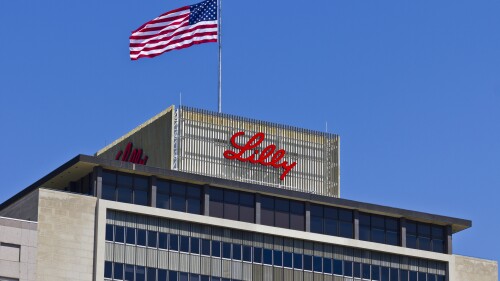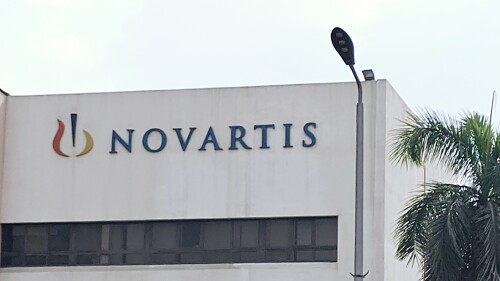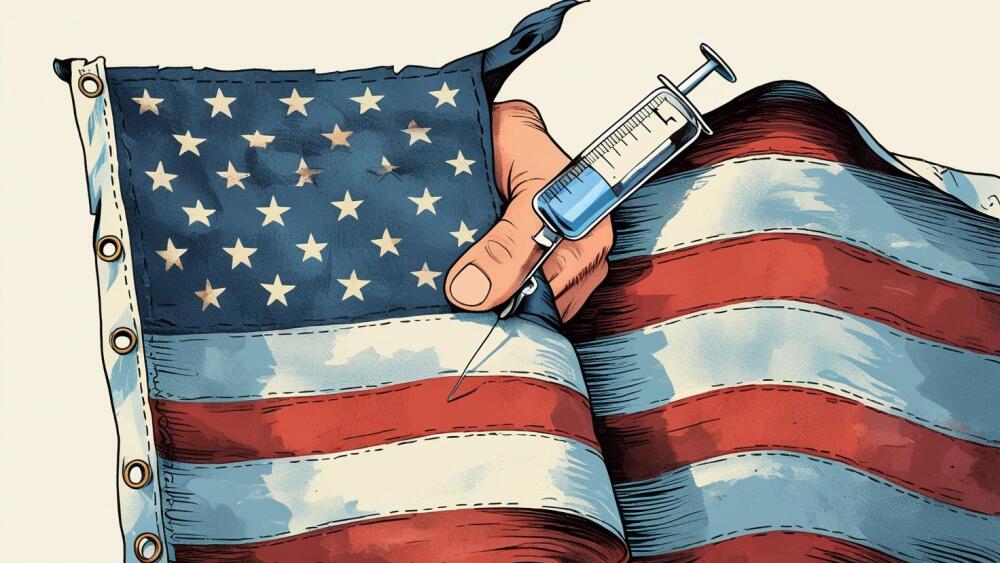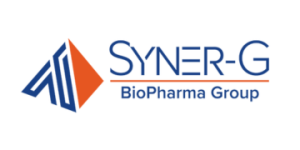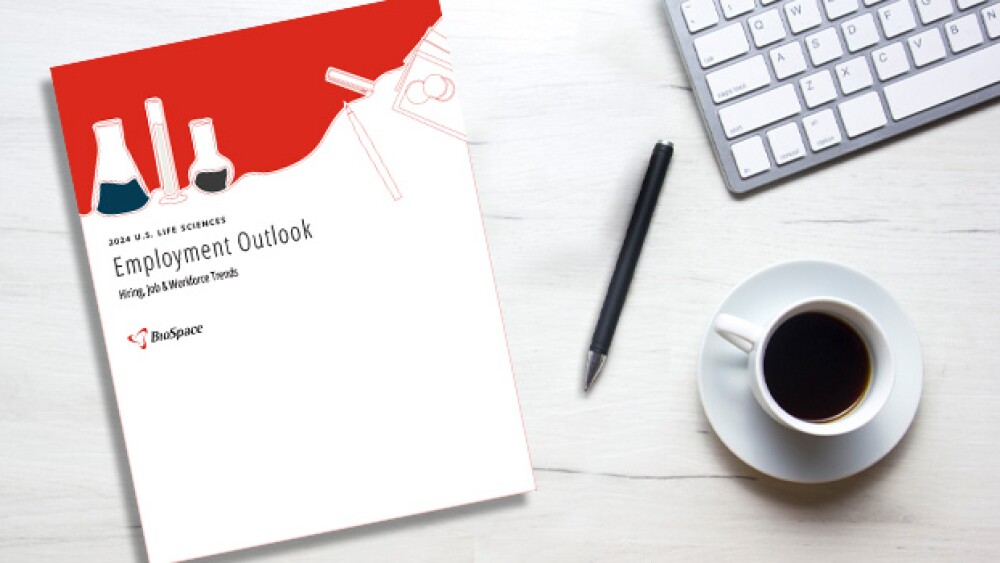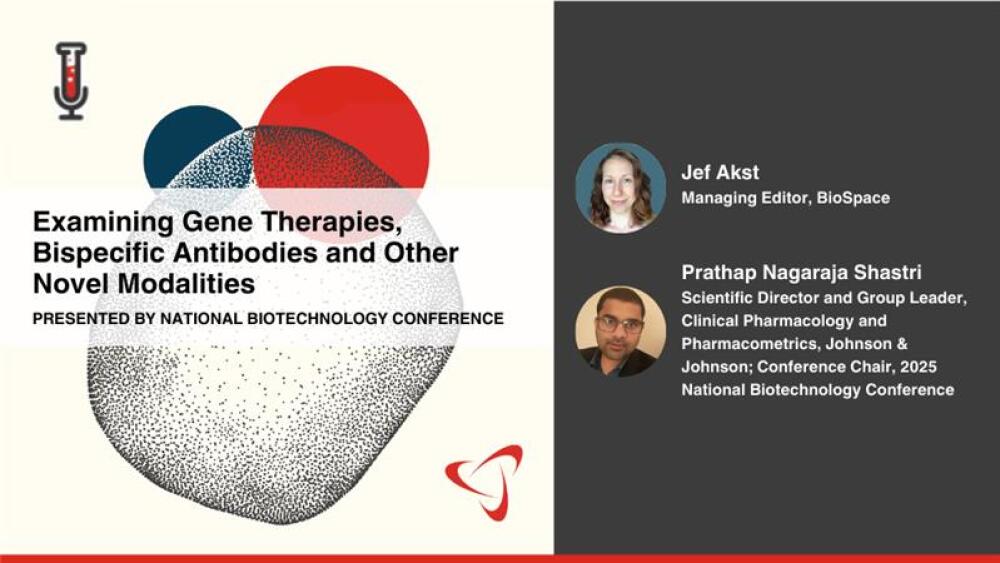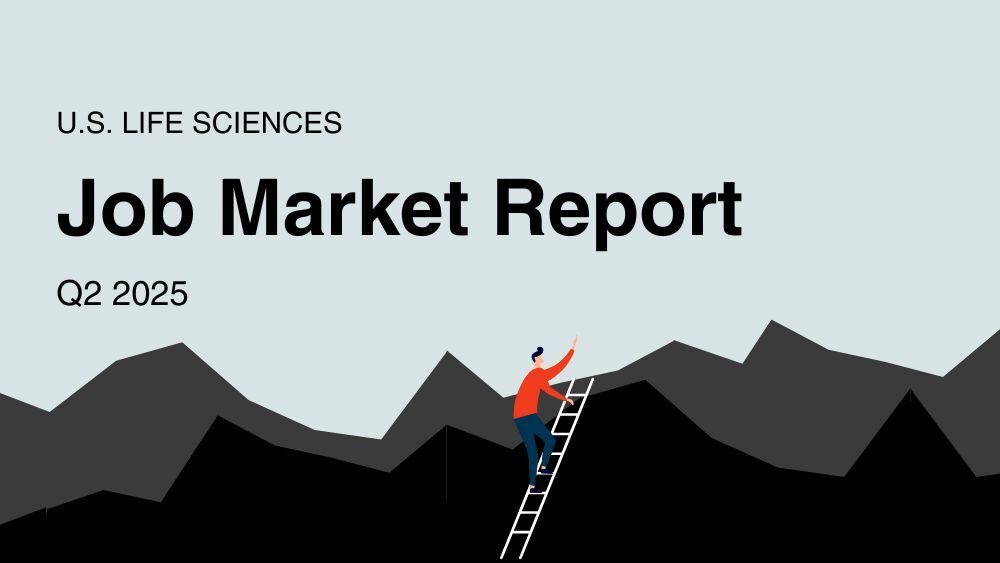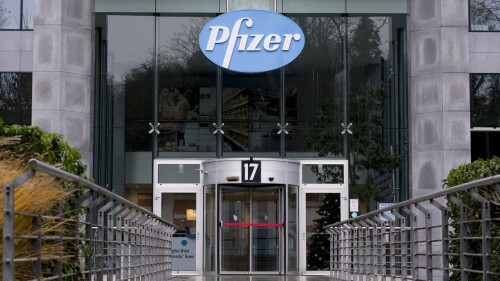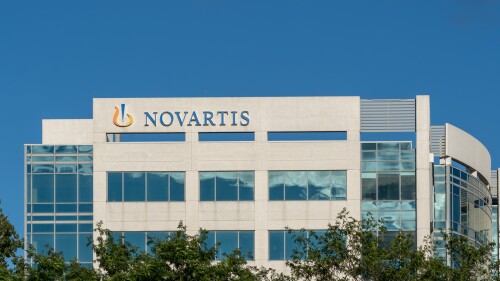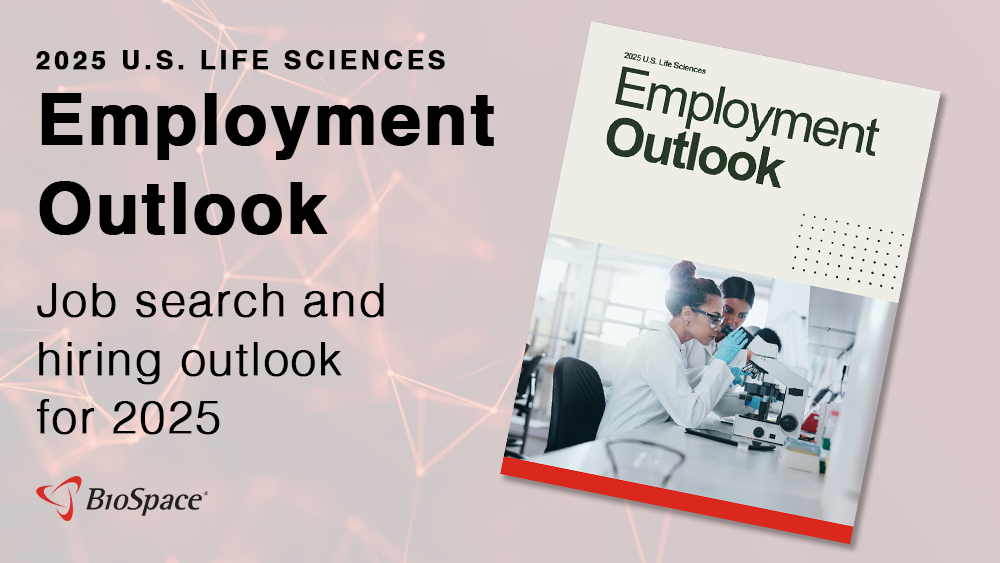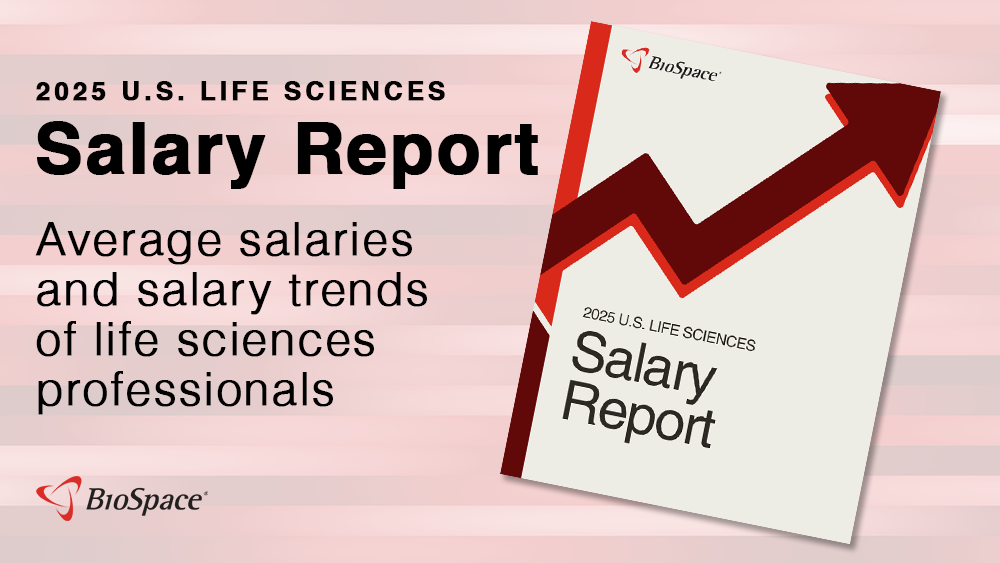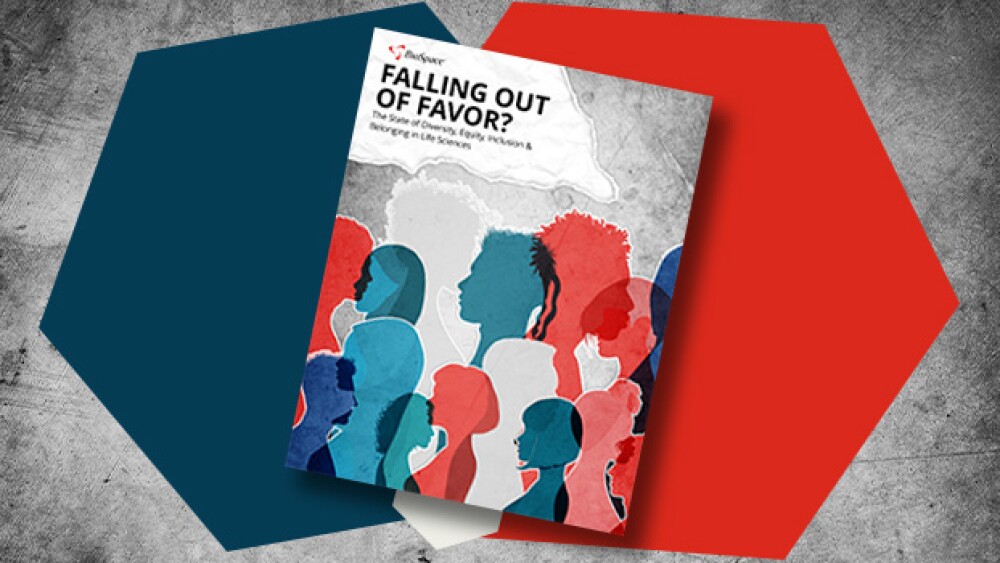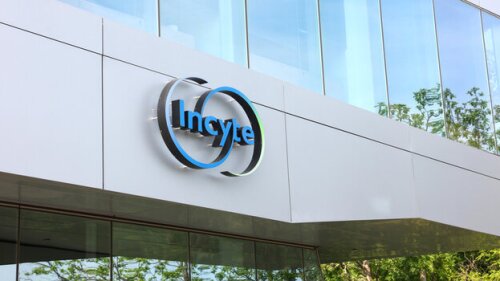Albert Bourla heralded the president’s COVID-19 leadership and Operation Warp Speed initiative as a Nobel Prize–worthy achievement and said that Pfizer stands by the integrity of the data already shared.
In a series of memos last week, Center for Biologics Evaluation and Research Director Vinay Prasad outlined the FDA’s thinking on the recent limited approvals for updated COVID-19 vaccines.
In an opinion piece in the Wall Street Journal, Health Secretary Robert F. Kennedy Jr. said he will roll chronic disease programs into a new Administration for a Healthy America.
Novartis and Argo Biopharma go back to January 2024, when the pharma first bet up to $4.165 billion across two RNAi agreements targeting cardiovascular diseases.
Aside from lowering triglyceride levels, Ionis’ olezarsen reduced acute pancreatitis events, an outcome that BMO Capital Markets said could help the asset deliver a “significant first-in-class commercial launch.”
Data from the late-stage MAPLE-HCM study position Cytokinetics’ cardiac myosin inhibitor aficamten as a potential first-line therapy for patients with obstructive hypertrophic cardiomyopathy.
FEATURED STORIES
AstraZeneca, Pfizer and more are leveraging the computational power of AI to better design trials, predict the potential efficacy and safety profiles of their molecules and synthesize massive multi-omic information to gain a more complete understanding of challenging cancers.
Looking at licensing deals struck in the past 10 years, Jefferies found that many Big Pharmas do not ultimately follow through with M&A after earning a right of first negotiation. Sanofi, on the other hand, almost always does, as it did with Vigil recently.
Gene therapies have ridden investor mania to huge valuations but commercialization challenges have pushed market caps to the floor. At a roundtable last week, FDA leaders promised faster approvals and broad support to the industry.
As multiple companies vie to expand on Alnylam’s success in commercializing RNAi therapeutics, the pioneering company has set a goal of targeting small interfering RNA to any tissue by 2030.
Vaccine skepticism is at an all-time high in the U.S., and HHS Secretary Robert F. Kennedy Jr. is making some drastic moves in the name of reversing that trend. But misinformation and inconsistencies within the country’s healthcare agencies highlight problems with his approach.
Analysts reacted positively to the news that uniQure is in alignment with the FDA on an accelerated approval pathway and on target for a Q1 2026 submission for its one-time gene therapy for Huntington’s disease—but patients have been here before.
LATEST PODCASTS
As FDA seeks to rehire some fired employees, Donald Trump threatens to enact tariffs on pharma companies unless they reshore manufacturing; another lawsuit hits the complex GLP-1 compounding space as Eli Lilly offers expanded Zepbound options; and struggling gene therapy biotech bluebird bio goes private in an attempt to stay solvent.
At the 2025 National Biotechnology Conference, gene therapies, bispecific antibodies and other novel modalities—relative newcomers to medicine—will be much discussed. In this curtain raiser, BioSpace speaks with conference chair Prathap Nagaraja Shastri of J&J about these highly anticipated topics.
The FDA is mired in uncertainty with some staffers losing their jobs over the weekend and more potentially to come, vaccines and psychedelic therapies could be facing very different futures under newly confirmed HHS Secretary Robert F. Kennedy, Jr., Moderna continues its downward revenue slide and Merck, Regeneron, BMS and more face strong patent headwinds.
Job Trends
Sarepta Therapeutics, Inc., the leader in precision genetic medicine for rare diseases, granted equity awards on June 28, 2024 that were previously approved by the Compensation Committee of its Board of Directors under Sarepta’s 2024 Employment Commencement Incentive Plan, as a material inducement to employment to 23 individuals hired by Sarepta in June 2024.
Subscribe to Genepool
Subscribe to BioSpace’s flagship publication including top headlines, special editions and life sciences’ most important breaking news
SPECIAL EDITIONS
In this deep dive, BioSpace explores the next big thing in obesity.
BioSpace did a deep dive into biopharma female executives who navigated difficult markets to lead their companies to high-value exits.
BioSpace data show biopharma professionals faced increased competition for fewer employment opportunities during the second quarter of 2025, with increased pressure from further layoffs.
DEALS
-
M&A was already on the upswing in 2024, and the new Trump administration may support that trend. But if data aren’t handled properly, acquisitions won’t reach their full potential.
-
With just one asset in weight loss moving through the clinic, Pfizer targets the space for potential dealmaking, as well as bringing assets over from China.
-
Biogen’s effort to buy Sage against the board’s wishes and a long-time effort by investor Alcorn to scuttle Aurion’s IPO underscore the cutthroat nature of biopharma dealmaking.
-
Novartis was among the most prolific pharma dealmakers in 2024, a trend that it expects to continue with more bolt-on deals this year to set up for sustainable long-term growth.
-
Sanofi’s jump in earnings comes with an increased emphasis on R&D and vaccines, plus an eye cast toward M&A to shore up its pipeline.
WEIGHT LOSS
-
Donald Trump takes biopharma on a tariff-themed rollercoaster ride; J&J kicks off the Q1 earnings season; experts express concern about the FDA’s future; Pfizer’s obesity setback could be Viking’s gain; and BioSpace reveals the highest paid pharma CEOs.
-
Merck has not disclosed which of its peptide therapies it plans to develop oral formulations for.
-
Viking Therapeutics enjoyed a nice share rally on the news that rival Pfizer is discontinuing obesity candidate danuglipron. But the biotech has a long way to go to recover after six straight months of decline.
-
Pfizer’s discontinuation of danuglipron brings the company down to a single molecule in its obesity pipeline.
-
A consumer-driven weight loss market could put pharma at greater risk if a recession hits; the continued turmoil at FDA and other HHS agencies magnifies the uncertainty facing the industry; Lilly files a lawsuit against a med spa selling its drugs; and more.
POLICY
-
Leerink Partners called the announcement a ‘positive’ given the delayed timeframe and the uncertainty that the administration will implement tariffs at all.
-
The FDA will allow a new dosing schedule for Eli Lilly’s Alzheimer’s drug Kisunla that could lessen a known side effect of the monoclonal antibody drug class that has led to several deaths.
-
President Donald Trump’s One Big Beautiful Bill, signed into law last week, reintroduces broader exemptions for orphan drugs from the IRA’s drug price negotiation program—a move welcomed by the biopharma industry. The new tax law also cuts Medicaid funding, posing a minimal risk to pharma’s bottomlines and potentially jeopardizing hospitals’ 340B status. It does not, however, include new rules for pharmacy benefit managers that had been in an earlier draft.
-
Societies, including the American Academy of Pediatrics, allege that Kennedy’s directive to remove COVID-19 from vaccination guidelines for healthy pregnant women and healthy children puts these vulnerable groups at risk of serious illness.
-
Despite rehiring hundreds of FDA, CDC and NIH employees, the Department of Health and Human Services is still a skeleton of its former self under Health Secretary Robert F. Kennedy Jr.
The past year saw the slowest year-over-year growth in biopharma salaries in the past five years, according to the BioSpace 2024 Life Sciences Salary Report.
Staffing agencies say contract work is a great way to break into an industry and avoid a resume gap.
Plus, tips on applying to multiple jobs at the same company, making new work friends, and how to ask for more time at the offer stage.
Presentations are standard requirements in the hiring process for some biopharma positions. Here’s how to approach them.
Depending on their needs, candidates can choose among tools such as AI-powered resume generators, professional coaches and university career services to hone their applications.
Companies are relying on artificial intelligence–powered applicant tracking systems to keep up the evolving recruitment demands. Here is how.
HOTBEDS
REPORTS
In this Employment Outlook report, BioSpace explores current workforce sentiment, job activity trends and the prospective job and hiring outlook for 2025, particularly as it compares to the previous year.
BioSpace’s third report on diversity, equity, inclusion and belonging in life sciences examines dramatic shifts in attitude around diversity initiatives.
CANCER
-
The ODAC cited concerns with patient populations in clinical trials used to support the proposed expansion. Johnson & Johnson fared better, with the FDA’s cancer advisors voting to recommend Darzalex in patients with a certain type of multiple myeloma.
-
The deal comes three months after Pfizer inked a PD-1/VEGF partnership with Summit Therapeutics, leading BMO Capital Markets to express confusion regarding the pharma’s overall strategy.
-
A new generation of checkpoint inhibitors is emerging, with some showing more promise than others. From recent TIGIT failures to high-potential targets like VEGF, BioSpace explores what’s on the horizon in immuno-oncology.
-
The FDA also approved the use of Zynyz as a monotherapy for patients with squamous cell carcinoma of the anal canal who are intolerant to platinum chemotherapy or whose disease has progressed.
-
As the FDA prepares for a busy Oncologic Drugs Advisory Committee meeting next week, an agency insider told BioSpace that volunteers with little training are scrambling to secure the required expertise after workforce cuts decimated the adcomm planning office.
NEUROSCIENCE
-
Following the recent discontinuations of assets in Alzheimer’s and migraine, AstraZeneca is stepping away from neuro altogether.
-
Biohaven will use the money to bankroll commercial preparations for the spinocerebellar ataxia drug candidate troriluzole, which is currently under FDA review with a decision expected in the third quarter.
-
Despite a dip in sales and a recent schizophrenia stumble, the company drew an optimistic outlook for sales for the rest of the year, even as the specter of pharmaceutical tariffs looms.
-
With a new raise provided by Flagship Pioneering, the new company is aiming to find “the silent window” before disease symptoms set in.
-
Cobenfy’s late-stage flop is BMS’ second high-profile failure in as many weeks. The pharma announced last week that Camzyos was unable to improve disease burden in non-obstructive hypertrophic cardiomyopathy.
CELL AND GENE THERAPY
-
Last month, Deerfield Management accused Alcon of obstructing Aurion’s IPO plans so it could acquire the startup “at a discount.”
-
Adaptimmune is rolling out its T cell therapy Tecelra for synovial sarcoma, recording $1.2 million in sales since its approval in August 2024. Nevertheless, it is pausing development of two oncology assets to save money.
-
After Sarepta reported the death of a patient who had recently taken the gene therapy Elevidys, patient advocacy group Parent Project Muscular Dystrophy stepped up—as they always do.
-
The biotech is exploring opportunities for a reverse merger or other business combinations. CFO and now interim CEO Anup Radhakrishnan will take charge of these negotiations.
-
After a patient taking the Duchenne muscular dystrophy gene therapy Elevydis died of liver injury, Sarepta will update the label to reflect the safety signal.



